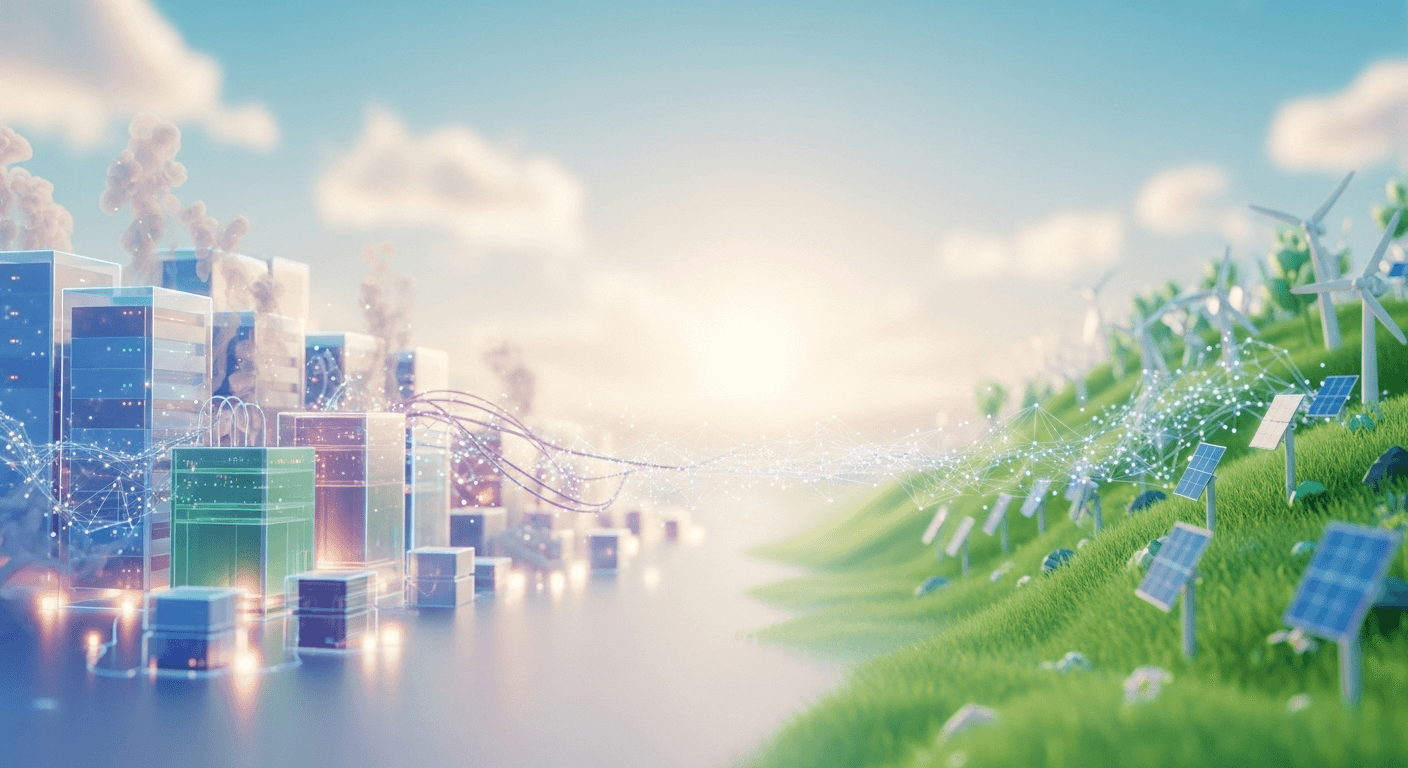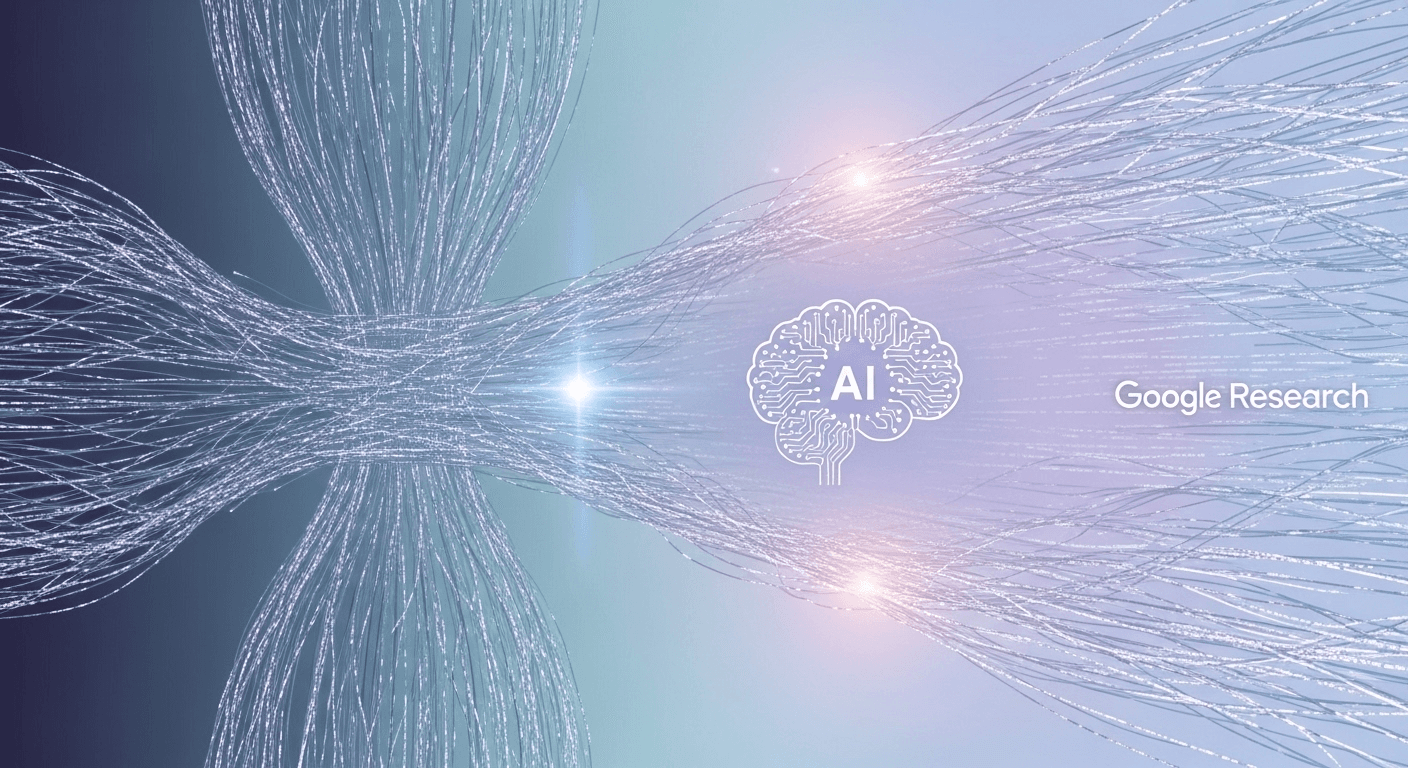When AI and Climate Collide: The Hidden Costs and Surprising Solutions

Introduction
Imagine a world where artificial intelligence—a force we often see as digital and abstract—directly impacts the physical reality of climate change. That striking intersection is exactly what’s happening today. In this article, we’ll explore this collision from a clear and engaging angle, weaving together the latest findings and compelling examples to show what this convergence means for all of us, from tech enthusiasts to professionals.
Why This Matters Now
- AI’s Hidden Environmental Footprint: The AI boom isn’t just revolutionizing technology; it’s driving a massive surge in energy and water consumption in data centers worldwide.
- Connecting Technology to Reality: This isn’t a distant problem. The tech world’s innovations have real-world environmental consequences that can no longer be ignored.
- Our Role as Informed Citizens: Understanding the environmental cost of AI empowers us to make smarter, more sustainable choices at home and in the workplace.
Section 1: The Untold Energy Story Behind AI
Artificial intelligence runs on immense computing power, housed in massive data centers that operate 24/7. These facilities consume vast amounts of electricity, often from fossil fuels, and use enormous volumes of water for cooling. For instance, a single data center can draw up to 18 million liters of water daily—nearly the same amount as a small town—just to keep its servers from overheating (nbcnewyork.com).
A PBS report reveals that global data centers already account for 2% to 8% of total energy use. Even at the low end, that’s comparable to the annual energy consumption of the Netherlands, and it’s projected to double in just a few years (pbs.org).
These numbers highlight a crucial truth: AI isn’t just code and algorithms. It has a very real and tangible environmental footprint.
Section 2: When AI Meets Climate—An Urgent Intersection
The abstract world of AI is intersecting with the tangible realities of our climate in revealing ways. While a single moment can capture our attention, the evidence of this collision is broad and growing.
Experts like MIT’s Noman Bashir warn that as data centers expand faster than our renewable energy capacity, our reliance on fossil fuels only deepens (nbcnewyork.com). Simultaneously, the intense heat they generate requires freshwater for cooling, putting a strain on already stressed water sources (pbs.org).
This issue is particularly acute in regions already facing grid pressure, wildfires, or extreme temperatures, where the rapid growth of AI further escalates the demand for energy and water (pbs.org).
The collision between AI’s exponential growth and our planet’s finite resources isn’t a future problem. It’s happening now.
Section 3: Turning Collision into Collaboration: AI for Climate Good
But the story isn’t one-sided. AI is also emerging as a powerful ally in the fight against climate change.
- Smarter Efficiency: Equinix is using AI to optimize cooling and energy use in its data centers, with some initiatives reducing power consumption by as much as 15% (pbs.org).
- Wildlife and Ecosystem Conservation: In Kenya, AI models analyze vulture behavior to detect potential poaching activities, alerting rangers in real time. This has led to zero poaching in key areas and a rise in rhino populations (washingtonpost.com).
- Precision Firefighting and Emissions Reduction: AI tools have helped Canadian authorities manage wildfire risks and optimize port operations, cutting ship idling times and lowering fuel consumption (washingtonpost.com).
These examples prove that AI isn’t just part of the problem—it can be a critical part of the solution.
Section 4: What You Can Do: Small Steps, Big Impact
Individuals and organizations can play a role in steering AI toward a greener future. Here’s how:
- Use AI Mindfully: Opt for local-only or low-energy AI models when possible.
- Be Efficient: Turn off automatic AI responses in search engines and use concise prompts to reduce unnecessary energy use (nbcnewyork.com).
- Support Clean Energy: Choose services from companies committed to powering their infrastructure with renewables.
- Advocate for Transparency: Ask AI providers for clarity on their energy sources and environmental impact.
- Promote Green AI: Encourage the use of AI for climate monitoring, ecosystem protection, and renewable energy optimization.
Every choice we make can nudge the industry toward climate collaboration instead of conflict.
Conclusion
What happens when artificial intelligence meets our changing climate? The outcome is neither purely destructive nor purely constructive—it’s complex. The collision occurs as AI’s explosive growth meets a world already struggling with environmental limits.
But what if this collision sparked innovation instead of conflict? By understanding the stakes, embracing the solutions, and using this technology thoughtfully, we can unlock AI’s immense potential to help, not harm, our planet.
FAQs
1. How much energy does AI really use?
Data centers, which power AI, account for 2–8% of global energy usage. In total, that’s comparable to the energy footprint of an entire country, like the Netherlands (pbs.org).
2. Can AI genuinely help fight climate change?
Yes, absolutely. From making data centers more efficient to tracking wildlife, preventing wildfires, and optimizing shipping routes, AI is already being used to create effective climate solutions (washingtonpost.com).
3. What’s a simple way I can reduce my AI environmental impact?
Be mindful of your usage. Use efficient search queries, turn off unnecessary AI features, and support companies that use renewable energy to power their services (nbcnewyork.com).
4. Is AI’s climate impact just about energy consumption?
No. The massive amount of water required to cool data centers is also a major factor, straining local resources and adding to AI’s overall environmental footprint (pbs.org).
5. Will AI’s environmental strain get worse?
Not necessarily. With smart regulation, continued innovation, and greater public awareness, we can guide the development of AI toward sustainability, making it a tool for positive environmental change.
AI and climate were once seen as separate worlds, but now they are deeply intertwined. The collision is real, but with intention and insight, we can transform it into a collaboration—making AI one of our strongest allies in building a sustainable future.
Thank You for Reading this Blog and See You Soon! 🙏 👋
Let's connect 🚀
Latest Blogs
Read My Latest Blogs about AI

From Bottleneck to Breakthrough: How AI-Written Empirical Software Accelerates Science
Google Research has developed an AI system that writes and optimizes empirical software, delivering expert-level results on six benchmarks and turning months of work into days.
Read more

